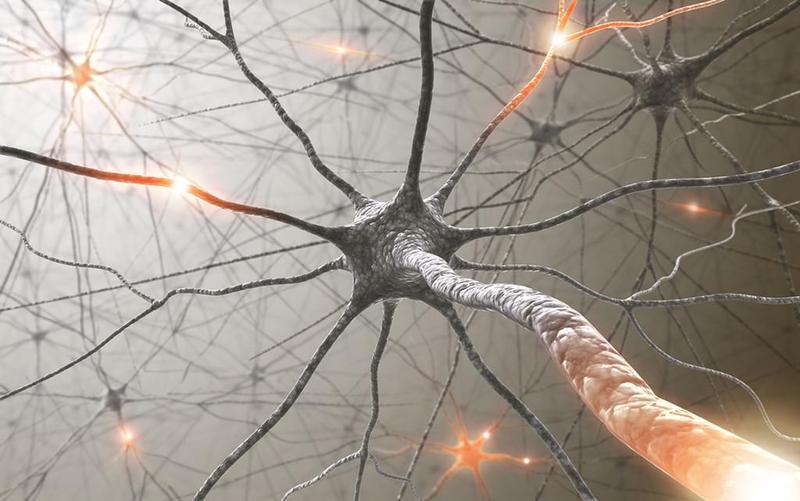Brain-shocking therapy may work by boosting calcium in the brain
Brain-shocking therapy may work by boosting calcium in the brain
We might finally be figuring out how an increasingly popular therapy that uses electricity to boost the brain’s functioning has its effects – by pushing up levels of calcium in cells.
Transcranial direct current stimulation (tDCS) involves using electrodes to send a weak current across the brain. Stimulating brain tissue like this has been linked to effects ranging from accelerating learning to improving the symptoms of depression and faster recovery from strokes. The broad consensus is that tDCS does this by lowering the threshold at which neurons fire, making it easier for them to pass on electrical signals. This leads to changes in the connectivity between neurons and alters information processing.
But the cellular mechanisms that lead to such broad neurological changes are not clear and some researchers suggest that tDCS may not have any effect on the brain. Despite the doubts, devices are being developed for sale to people keen to influence their own brains.
Now Hajime Hirase at the RIKEN Brain Science Institute in Tokyo, Japan, and his colleagues may have found an answer. They have identified large, sudden surges in calcium flow in the brains of mice seconds after they receive low doses of tDCS. These surges seem to start in cells called astrocytes – star-shaped cells that don’t fire themselves, but help to strengthen the connections between neurons and regulate the electrical signals that pass between them.
Depression be gone
The team used mice that had been engineered to show depression-like symptoms, such as struggling less against restraints. After they had received tDCS, Hirase says the mice were temporarily less quick to give up struggling. The same effect didn’t happen in mice whose calcium signalling had been disabled.
It’s long been known that calcium plays a key role in the function of neurons, for instance regulating the changes that underpin learning and memory, and that astrocytes use calcium to manage the information flow between neurons. Hirase’s findings suggest that tDCS doesn’t work solely by coaxing neurons to fire together – the release of a surge of calcium may also play a role in telling neurons how to make connections with each other.
Hirase thinks calcium signalling may also be at the heart of other effects tDCS has been implicated in, such as improving memory.
“Understanding the cellular targets of tDCS is crucial to understanding complex changes in behaviour,” says Marom Bikson at the City College of New York. He says this work is an important start, but other targets of tDCS are likely to be identified in the future.
It is unclear whether tDCS would cause similar whole-brain calcium surges in humans, or whether these would be more localised and, if so, what the effect of this might be, Bikson says. “With translating animal studies we need to be careful about scale,” says Bikson.
However, Walter Paulus of the University of Göttingen in Germany thinks the pattern is likely to be the same in humans, because previous research has found whole brain changes in blood flow in people as a result of tDCS.
Further research on the link between tDCS and astrocyte calcium signalling could dispel lingering doubts about whether the technique really works. “Scepticism about tDCS is not so much about tDCS itself as it is about inflated expectations,” says Paulus.
by Sally Adee For The new Scientist
Be the first to post a message!
